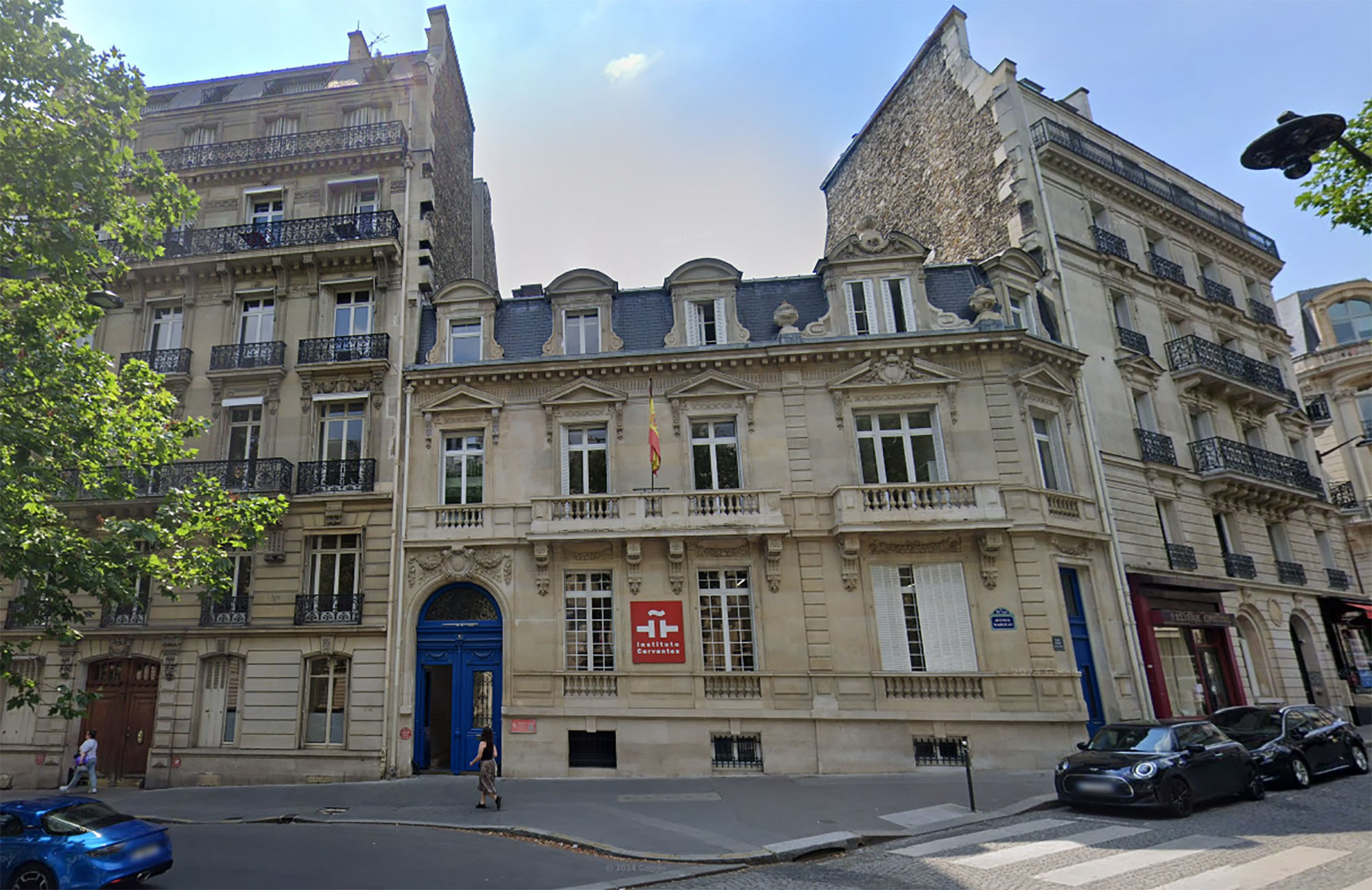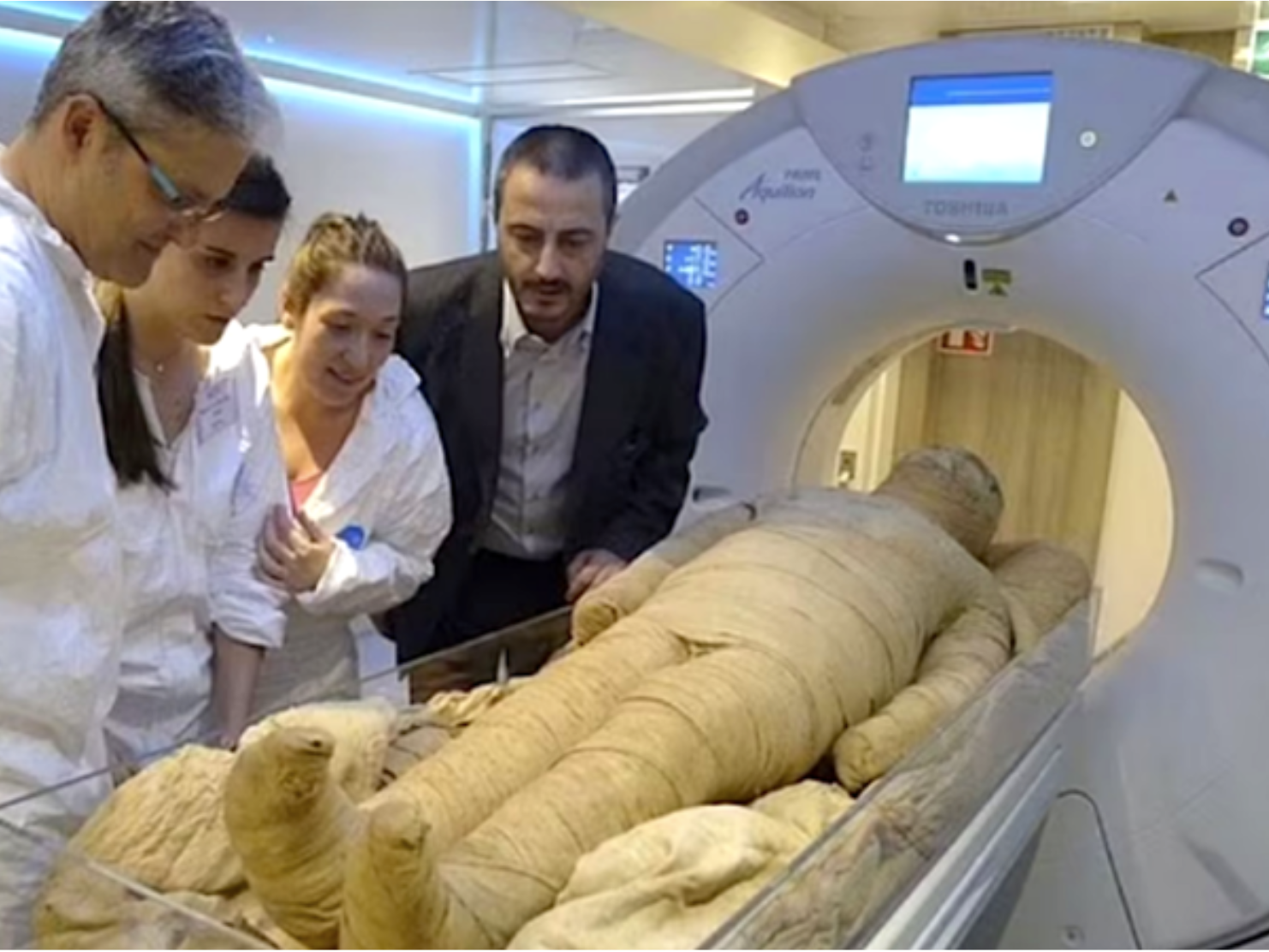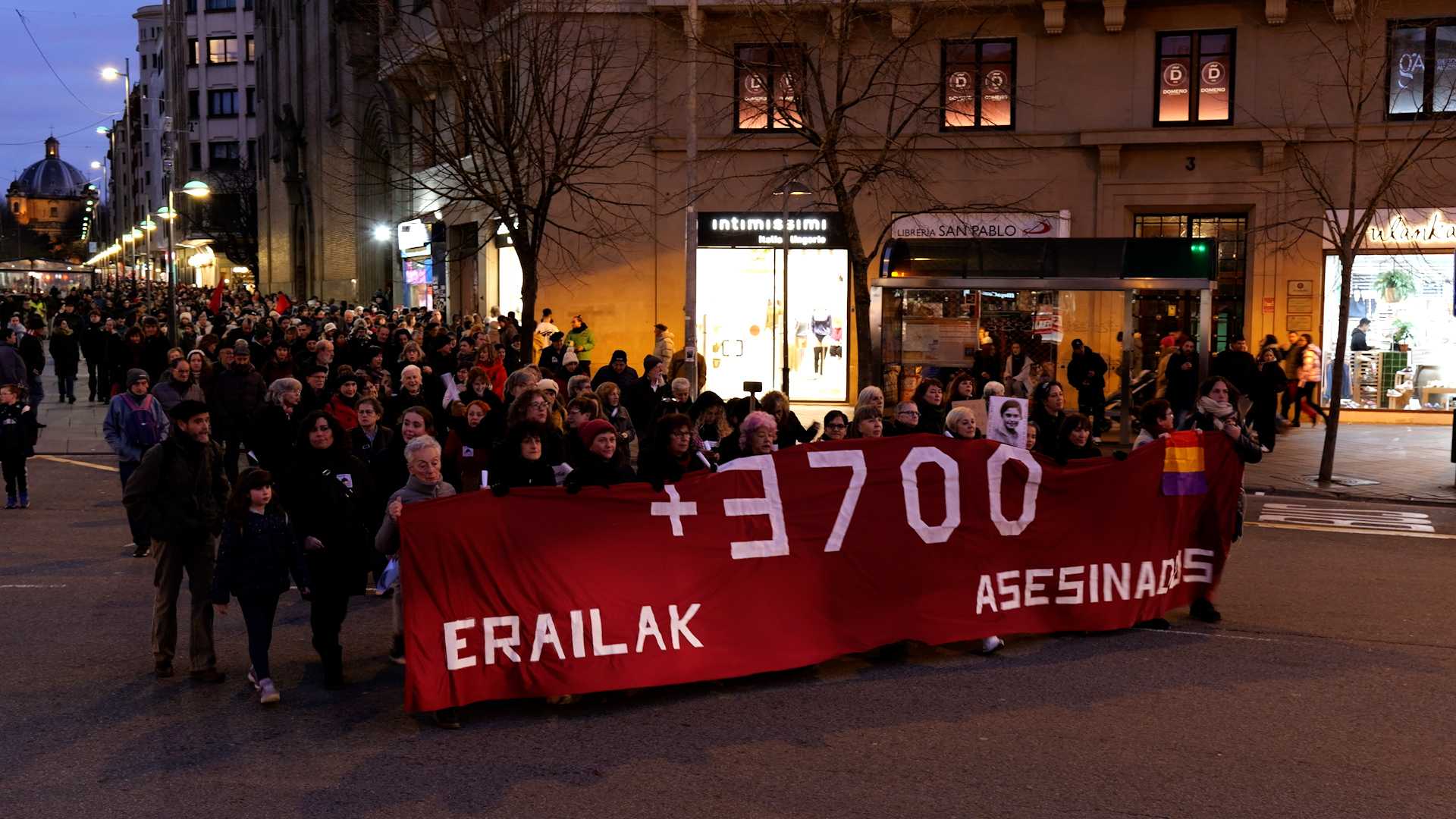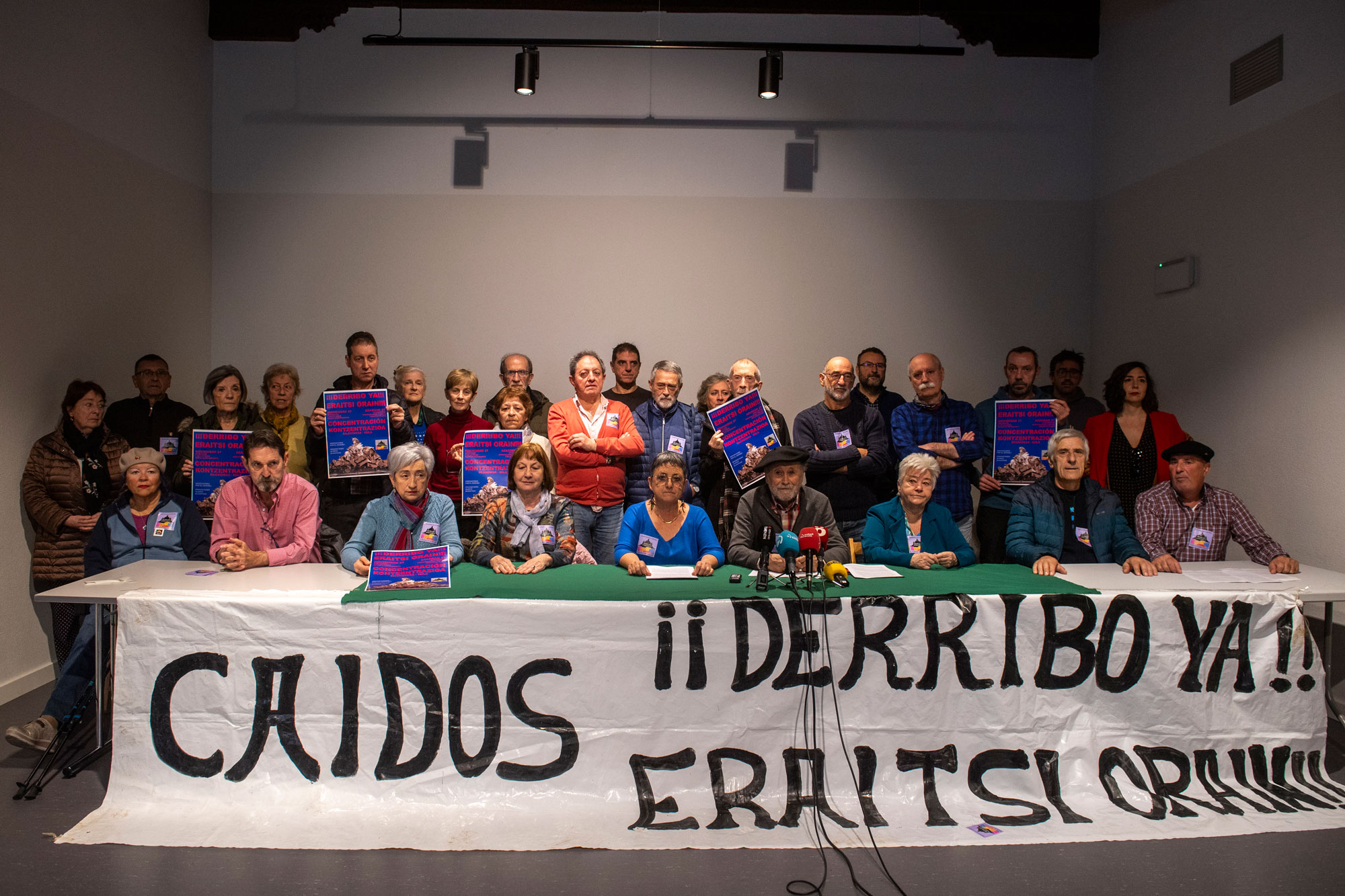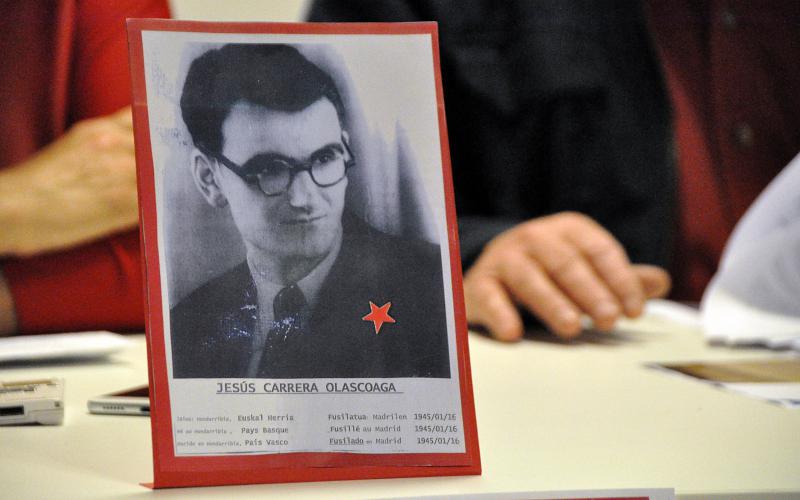Legend of the Good Empire

History itself is the playing field of politics and the right also looks at the past. Along with the rise of the ultral political trend, in recent years a historiographic trend is recovering in Spain. Books are being sold with a Francoist historical narrative that denounces the Black Legend.
But what is that about the Black Legend? For writers and reviewers like Elvira Roca Barea, Pedro Insua or Santiago Armesilla, there is an international story that disseminates hatred against the history of Spain, at least since the sixteenth century. According to them, this Black Legend was devised by England and the Netherlands to discredit the Hispanic Monarchy that then dominated the world, and these prejudices towards Spain have remained throughout the centuries, until today’s Spaniards have also internalized. To deal with this alleged Black Legend, the Spanish right has launched an operation to recover the country’s past. With a discourse with victimizing tints, they intend to eliminate the shame of being Spanish, shake the complexes and proudly reclaim Spain’s contributions to world history.
It is a matter, the concept is methodologically very flexible, so it is accused of promoting the Black Legend to anyone who does not adhere to the historical account of conservative Spanish nationalism. In comparison, it is considered suspicious to seek to critically review the Muslim heritage of the Iberian peninsula, the process of medieval Reconquista, the expulsion of Moorish and Jewish people or the Inquisition.
But most of his powers focus on claiming the heritage of the Spanish Empire; Roca Vara, for example, denounces the existence of imperiophobia. They relativize or deny the existence of extermination, exploitation, slavery and acculturation, while proudly exalting cultural exchange, miscegenation and economic development. As the philosopher Gustavo Bueno said, they argue that the Hispanic Monarchy was the Founding Empire (Biochemical Empire), a good empire that, far from exploiting and plundering colonies, opened civilization. To do so, they frequently resort to practices such as cherrypicking, where it is mentioned that slavery was banned by Isabel the Catholic in 1500, despite the existence of thousands of documents and research demonstrating life in the 19th century.
The debate has many edges and the nuances are many. For example, it is true that the enemies of the Hispanic Monarchy exaggerated in their propaganda the massacres of the colonizers and concealed those they did. It is also true that anti-colonial indigenism has romantic pre-Columbian society. In history, nuances and nuances are important. Not everything is black or white, things are more complex. But the Spanish right, with this account of the Empire, seeks to strengthen its discourse and identity, for which it resorts to historical rebisionism.
In my humble opinion, it is imperative that history has the courage to investigate uncomfortable passages. The Basque Country has also had a colonial and slave past, and, as Axier López has done, it is time to critically review it.
I just saw a series from another sad detective. All the plots take place on a remote island in Scotland. You know how these fictions work: many dead, ordinary people but not so many, and the dark green landscape. This time it reminded me of a trip I made to the Scottish... [+]
Japan, 8th century. In the middle of the Nara Era they began to use the term furoshiki, but until the Edo Era (XVII-XIX. the 20th century) did not spread. Furoshiki is the art of collecting objects in ovens, but its etymology makes its origin clear: furo means bath and shiki... [+]
In an Egyptian mummy of 3,300 years ago, traces of Yersinia pestis, the bacterium that caused the Justinian plague in the 6th century and the Black Plague in the 14th century, have just been found.
Experts until now believed that at that time the plague had spread only in... [+]
Greenland, the end of the 10th century. The first Scandinavian explorers and settlers arrived on the island. But by the 15th century these settlements had been abandoned and the original Inuit remained. But in 1721, the missionary Hans Egede organized an expedition and the... [+]
Tafallan, nekazal giroko etxe batean sortu zen 1951. urtean. “Neolitikoan bezala bizi ginen, animaliez eta soroez inguratuta”. Nerabe zelarik, 'Luzuriaga’ lantegian hasi zen lanean. Bertan, hogei urtez aritu zen. Lantegian ekintzaile sindikala izan zen;... [+]











